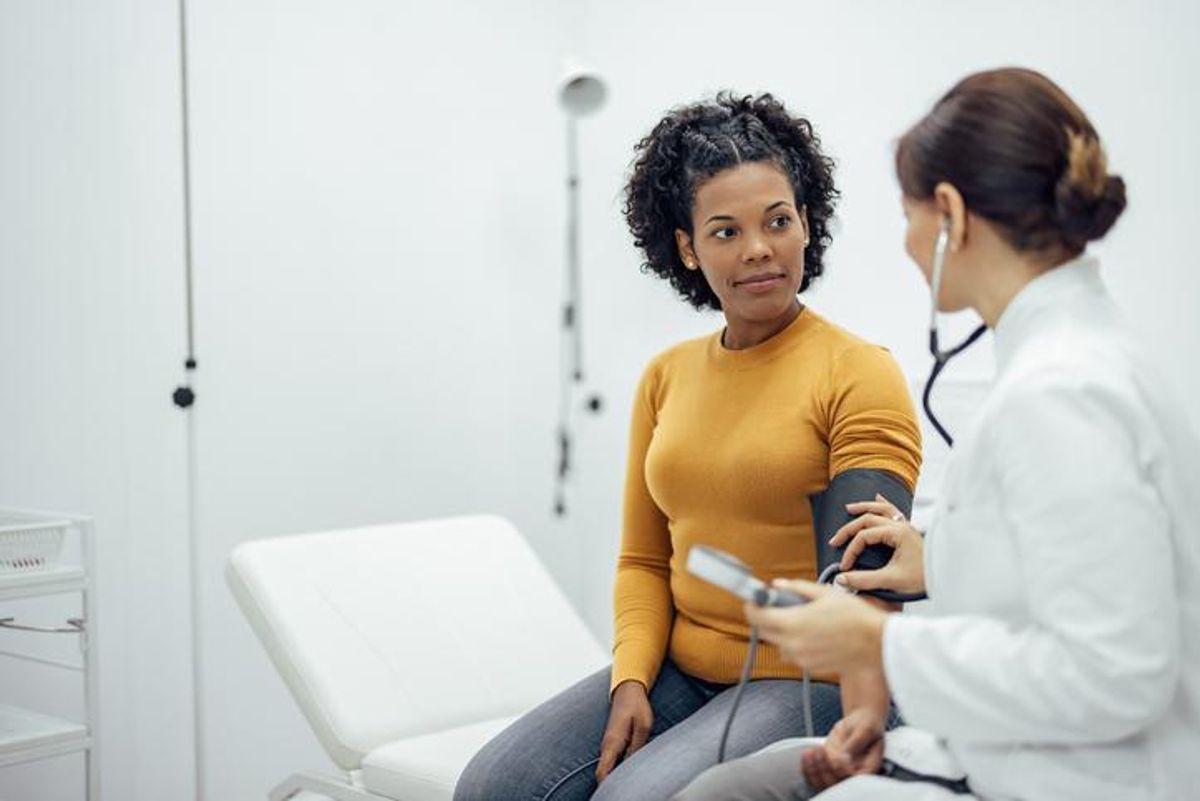Recently, the American Heart Association released new guidelines related to stroke risk and prevention in women. Some risk factors and prevention methods are unique to women, meaning you can't just rely on broad information to tell whether you're at risk or if you're taking the right preventive measures.
According to the National Stroke Association, 425,000 women experience stroke each year, which is 55,000 more than the number of men. Sixty percent of stroke deaths occur in women.
Here's what you need to know to evaluate your risk and take the right preventative measures.
Some risk factors are shared with men
Characteristics that raise men's and women's risk of stroke include:
- High blood pressure
- High cholesterol levels
- Diabetes
- Circulation problems
- Tobacco use
- Alcohol use
- Physical inactivity
- Overweight or obesity
Others are unique to women
Some risk factors only relate to women. These include:
- Pregnancy complications, including preeclampsia
- Use of birth control pills
- Hormone replacement therapy
Some risk factors are more likely to affect women because they have a higher prevalence among women. These include:
- Migraines with visual disturbances
- Atrial fibrillation after age 75
New prevention recommendations for women
The AHA's new guidelines include specific prevention methods geared toward women. These include:
- Women who had preeclampsia during pregnancy should be evaluated regularly and treated for any cardiovascular risk factors. Preeclampsia, which involves a dangerous spike in blood pressure that occurs late during pregnancy, doubles the risk for stroke and quadruples the risk for high blood pressure later in life. Between 6 percent and 10 percent of women who give birth develop preeclampsia.
- Pregnant women with high blood pressure or who had high blood pressure during a previous pregnancy should talk to their health care providers about treatments like low-dose aspirin and blood pressure medications to take starting during their second trimester to reduce their risk of preeclampsia.
- Women who plan to take birth control pills or use other forms of hormonal birth control should get screened for high blood pressure before starting the birth control and should avoid smoking while using hormonal birth control.
- Women who experience migraines with visual impairments, sometimes called auras, should avoid smoking.
- Women over the age of 75 should be screened for atrial fibrillation, which increases stroke risk.
Symptoms to look out for
Recognizing stroke symptoms is important. Symptoms commonly seen in both men and women are:
- Sudden numbness or weakness of face, arm or leg, especially on one side of the body
- Sudden confusion, trouble speaking or understanding
- Sudden trouble seeing
- Sudden trouble walking, with dizziness and loss of balance or coordination
- Sudden severe headache with no known cause
In addition, women may experience these stroke symptoms:
- Sudden face and limb pain
- Sudden hiccups
- Sudden nausea
- Sudden weakness
- Sudden chest pain
- Sudden shortness of breath or palpitations
The best way to identify a stroke is with the FAST method, which stands for face, arms, speech and time. If one side of the face droops when a person smiles, if one arm drifts downward when they're both raised and if speech is slurred or sounds strange, call 911 immediately. Time is crucial when treating a stroke; the most effective treatments must be given within the first three hours of the first symptoms. Don't delay calling for emergency help.







